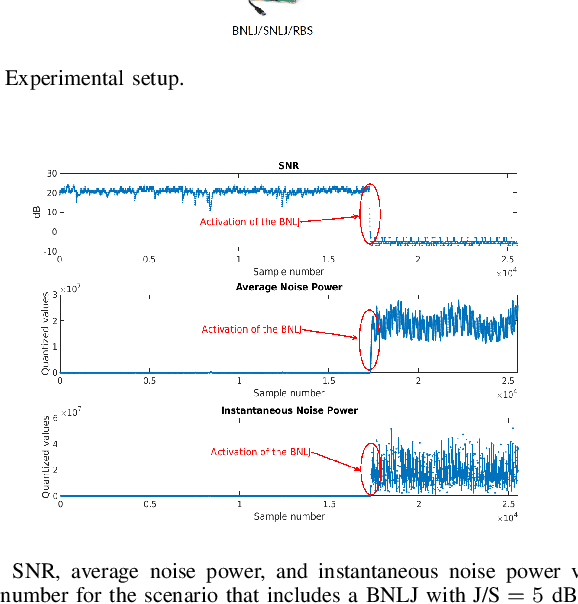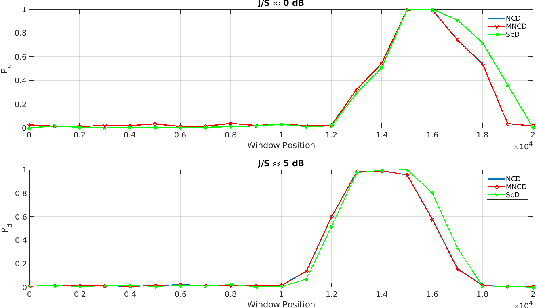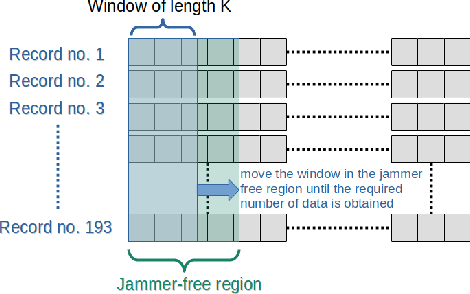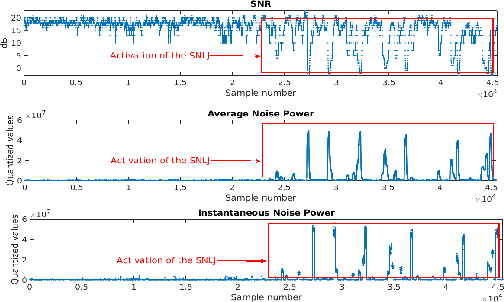Stefania Bartoletti
Dominance of Smartphone Exposure in 5G Mobile Networks
Nov 02, 2022



Abstract:The deployment of 5G networks is sometimes questioned due to the impact of ElectroMagnetic Field (EMF) generated by Radio Base Station (RBS) on users. The goal of this work is to analyze such issue from a novel perspective, by comparing RBS EMF against exposure generated by 5G smartphones in commercial deployments. The measurement of exposure from 5G is hampered by several implementation aspects, such as dual connectivity between 4G and 5G, spectrum fragmentation, and carrier aggregation. To face such issues, we deploy a novel framework, called 5G-EA, tailored to the assessment of smartphone and RBS exposure through an innovative measurement algorithm, able to remotely control a programmable spectrum analyzer. Results, obtained in both outdoor and indoor locations, reveal that smartphone exposure (upon generation of uplink traffic) dominates over the RBS one. Moreover, Line-of-Sight locations experience a reduction of around one order of magnitude on the overall exposure compared to Non-Line-of-Sight ones. In addition, 5G exposure always represents a small share (up to 28%) compared to 4G EMF.
Design and Experimental Assessment of Detection Schemes for Air Interface Attacks in Adverse Scenarios
Jun 14, 2021



Abstract:In this letter, we propose three schemes designed to detect attacks over the air interface in cellular networks. These decision rules rely on the generalized likelihood ratio test, and are fed by data that can be acquired using common off-the-shelf receivers. In addition to more classical (barrage/smart) noise jamming attacks, we further assess the capability of the proposed schemes to detect the stealthy activation of a rogue base station. The evaluation is carried out through an experimentation of a LTE system concretely reproduced using Software-Defined Radios. Illustrative examples confirm that the proposed schemes can effectively detect air interface threats with high probability.
 Add to Chrome
Add to Chrome Add to Firefox
Add to Firefox Add to Edge
Add to Edge